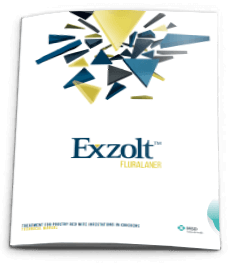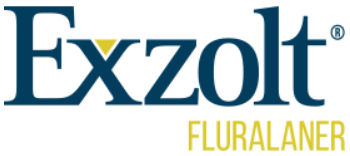An Infestation of Epidemic Proportions
Infestations of Poultry Red Mites are extremely high and increasing in Europe. Overall infestation rates in European layer houses are now averaging 83%.1
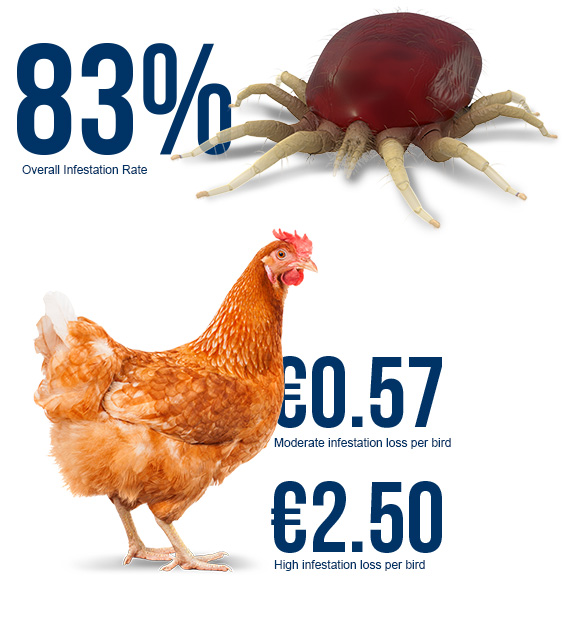
Infestations are damaging to the flocks themselves, as well as economically. Studies have shown productivity losses can be as high as €0.57 per hen per year in case of moderate mite infestation and up to €2.50 in high infestations.2 The approximate annual cost of red mite infestations are at least €360 million in Europe alone, with more than 300 million hens impacted by mite infestations. 3
Current control methods don’t have the efficacy needed to keep mite infestations at bay, leaving many farms, flocks and workers at risk.
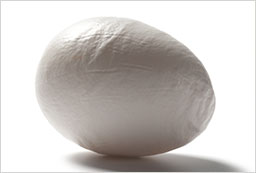
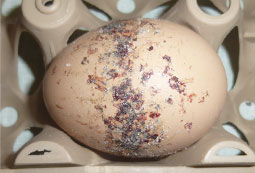
Both shell thinning and shell spotting can be attributed to the impact of Dermanyssus gallinae.4
1 Mul M. Fact sheet: the Poultry Red Mite, Dermanyssus gallinae (De Geer, 1778) A small pest that packs a big punch. Wageningen UR, 2013.
2 Kilpinen O. How to obtain a blood meal without being eaten by a host: the case of Poultry Red Mite, Dermanyssus gallinae. Physiol Entomology 2005; 30:232-240.
3 Mozafar F. 2014. Die rote vogelmilbe, eine grosse herausforderung für eierproduzenten. Frühjahrveranstaltung; Deutchen Vereinigung für Geflügelwissenschaft. Leipzig, 11-12 März 2014.
4 Mul M. Control methods for Dermanyssus gallinae in systems for laying hens: results of an international seminar. World Poult Sci J 2009; 65:589-599.
Technical Manual
The development and approval of Exzolt (fluralaner) solution for treatment via drinking water now offers an unparalleled approach for management of poultry red mites in chickens. The Exzolt Technical Manual provides useful and comprehensive information about this cost-effective and revolutionary product.
